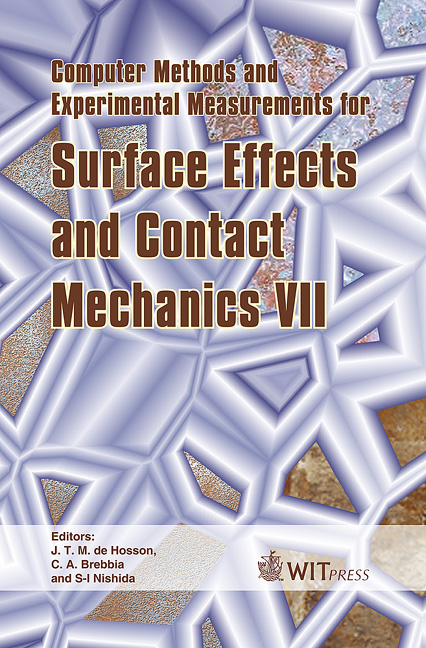Initiation/propagation/control Of Cracking On Anodized Aluminium And Electroplated Steel
Price
Free (open access)
Transaction
Volume
49
Pages
10
Published
2005
Size
502 kb
Paper DOI
10.2495/SECM050121
Copyright
WIT Press
Author(s)
A. F. Batzias & G. Batis
Abstract
This work deals with the crack initiation/propagation on surface layers electrochemically produced on metallic substrates, primarily to enhance physical qualities, such as mechanical strength and corrosion resistance, and secondly for decoration. Crack initiation may take place within any stage of the industrial treatment of metallic surfaces (mainly aluminium or steel, anodized or electroplated respectively); crack propagation, however, and subsequent fracture may occur when service conditions favour this damage. The methodology adopted for crack prevention/control is based on Fault Tree Analysis (FTA), in its fuzzy version to deal with uncertainty. This methodology is incorporated into a framework of quality/process control to give a holistic approach. Implementation of the suggested methodology is presented in the case of ‘cracking’ of anodized aluminium either during the industrial production or during the service time of the article/component. Keywords: cracking, fuzzy fault tree analysis, diagnosis, knowledge base, anodised aluminium. 1 Introduction Cracking is a severe failure that influences dramatically the reliability of a component and, depending on the significance of the component’s function, of a whole operating system. The initiation of this failure is a small-scale defect, also denoted ‘cracking’, which is usually created during component manufacture. Propagation of cracking may take place even within the manufacturing units, e.g.
Keywords
cracking, fuzzy fault tree analysis, diagnosis, knowledge base, anodised aluminium.





